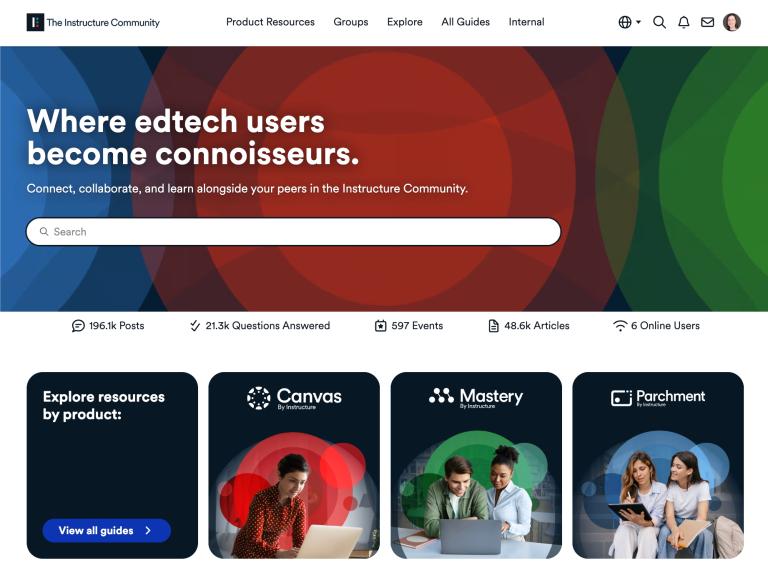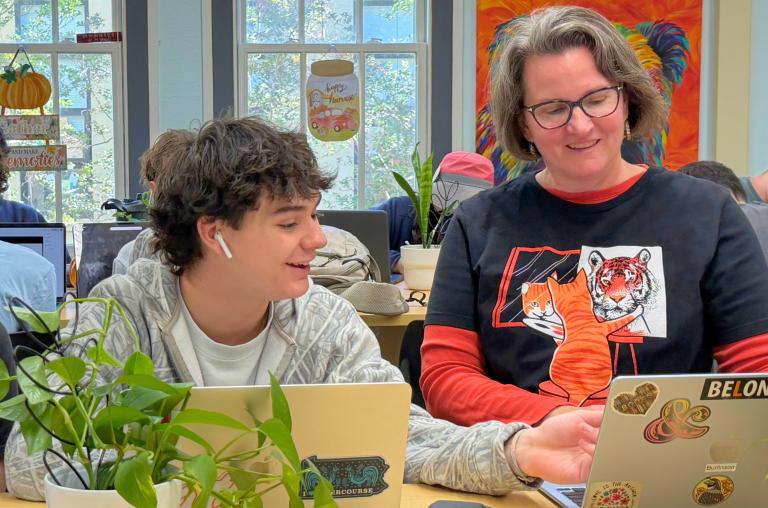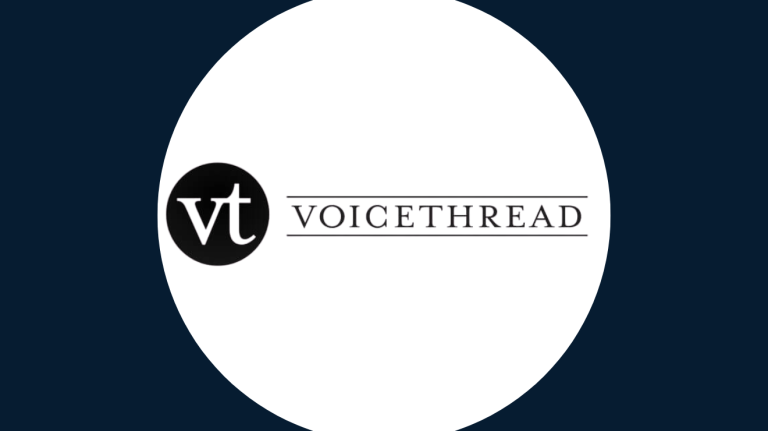Michael Pollan’s dieting advice — “Eat food, not too much, mostly plants” — is perhaps the shortest diet prescription ever, and also maybe the best. Not just because it’s probably true, but because its brevity makes it portable and extensible. I didn’t need to Google the quote, and I read it about 10 years ago. I use it daily.
It makes me wonder: could teaching and learning use a similar kind of “diet prescription” in the face of the generative juggernaut that is AI? Instructional design can be incredibly complicated. Is it possible to distill it into something just as succinct and memorable? I think maybe it can.
While it will always be important to dig into the details of any pedagogical prescription, we can also probably assess learning experiences from a bit higher up. Does the student feel seen, understood (at least a little!) and feel a sense of belonging, with a group of other humans? We know these are the questions that determine learning outcomes, and we also know that AI cannot supply them. AI is an incredible mimic, but an AI Avatar cannot actually make you feel a sense of connection or belonging. It can’t, and it won’t, ever.
As we move forward with AI in education — which I think we all know we are, willingly or not — we can probably manage our teaching and learning diet by keeping in mind, every day, this very short prescription:
Use AI, not too much, and mostly connect with other humans.
(By the way, you can substitute the word AI for any other tech, and the advice is just as good.)
Maybe someone will vibe-code an AI app (ideally with Gordon Ramsay’s voice, and permission!) to evaluate our assessments and make sure they’ve got the right ingredients. Until then, I’ll share one of my favorite examples of a “healthy assessment meal”: a VoiceThread stacked assignment.
In this case, one student films a short commercial in Spanish, and then their peer critiques it — personally and richly. No AI detection tools required. And more importantly, it’s fun. Honestly, is there anything more engaging than poking fun (kindly) at your peers?
This kind of activity works especially well when integrated into Canvas. The VoiceThread LTI integration allows instructors to build and grade assignments directly within their Canvas course shells, so students can record, comment, and collaborate without ever leaving Canvas. That seamless connection between the two platforms ensures that the focus stays on the human interaction, not on the mechanics of switching tools.
In the Spanish-language example above, you could imagine students using generative AI in a healthy way — for instance, to brainstorm ad concepts, translate tricky vocabulary, or polish their script drafts before recording. AI becomes a creative assistant, not a stand-in for the actual performance or the human feedback that follows. It’s a perfect illustration of how “using AI, not too much” keeps the learning experience authentic while still benefiting from the technology’s strengths.
The bigger point: the so-called “assessment-pocalypse” brought on by AI has actually opened the door for overdue change. Across higher education, instructors are experimenting with alternative assessment strategies that prioritize creativity, authenticity, and human connection. With tools like Canvas and VoiceThread working together, those strategies are not only possible but scalable.
And we’ve seen that impact firsthand. Through VoiceThread’s participation in Instructure’s Learning Partnerships evidence-based research program, our studies have shown measurable gains in student engagement and perceived sense of belonging when courses intentionally emphasize human-to-human interaction. It’s gratifying evidence that a more “balanced learning diet” really does make a difference.
I’m cautiously optimistic. If we take advantage of the opportunity, we can craft a balanced learning diet where technology supports human connection rather than replaces it.
Join Us to Go Deeper
Want to explore practical ways to humanize your own course design in Canvas?
Register now to access our webinar:
Humanizing Your Course with VoiceThread
Related Content
 inst-3step.jpg
inst-3step.jpgBlogs
 community-homepage.jpg
community-homepage.jpgBlogs
 kim-classroom.jpg
kim-classroom.jpgBlogs
